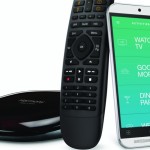Black Friday 2025 has arrived, and HONOR is giving South Africans an early advantage with one of its biggest seasonal promotions yet. Running from…
CES 2015 roundup part one: from Acer to MSI

The earliest and (arguably) most important technology extravaganza of the year has come and gone, and while the theme of CES 2015 seemed to be wider, thinner and shinier is better, there were some genuinely exiting technologies that left our mouths agape.
Considering that the internet of things, 4K resolution screens, curved screens, quantum dot screens, ridiculously thin screens (just, many screens, essentially) and a number of interesting products were well represented at this year’s fiesta, CES 2015 was predominantly the year of the couch potato. There were some more interesting launches catering for the casual gamer, the mobile media connoisseur and the heat-taming overclocker.
Samsung, Qualcomm, Sony, Intel and Nvidia were all well represented and gave us a good few goodies to get excited about, but this is just the tip of the iceberg. Seriously, it’s difficult to keep track of the near 4000 exhibitors all showcasing their combined 20 000 odd products.
So, as a result, we round up what we believe were the most exiting technologies and launches at the Las Vegas showpiece, starting at the very tip of the alphabet. In the first part of this roundup, we have a look from A to M, or Acer to MSI.
Acer
Here’s something quite exciting for ChromeOS fans.
We’ve seen a plethora of Chromebooks under the 13-inch barrier before, in fact, I can’t think of one off the top of my head that isn’t below 13-inches, but Acer has crafted one that finally breaks this mold.
The Chromebook 15 is the largest mass produced Chromebook available and features a 15.6-inch screen — what is considered to be the laptop standard. What’s also incredibly interesting is the inclusion of an Intel Broadwell Core i3 or Celeron CPUs, which are tailor-made for thin, low-powered devices. As a result, the Chromebook 15 will also come with a 1080p screen option should the buyer so desire.
Prices start at a respectable US$250.
Alcatel
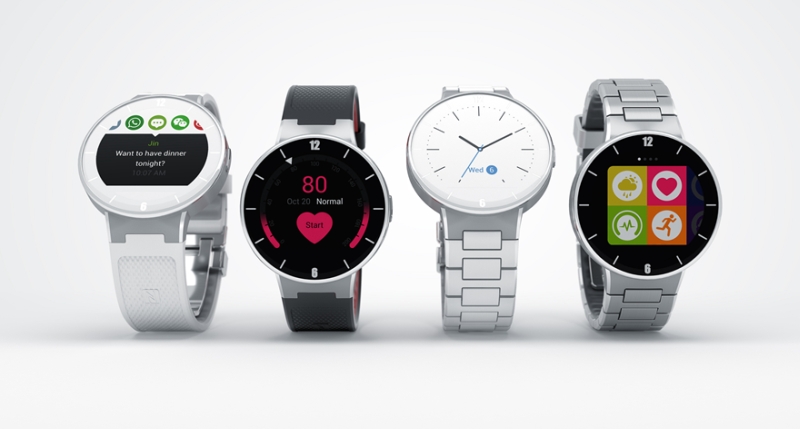
Even Alcatel is getting in on the smartwatch game after the company unveiled its OneTouch Watch. People are calling it a cheaper version of the Moto 360, but that’s slightly cruel.
At US$150, that’s at least true in that sentiment but it is a rather attractive piece of kit. It boasts IP67 water and dust resistance and it runs its own proprietary Java-based OS, which gives it a certain degree of cross-platform wholesomeness. The battery is also good enough for around two days and it features a pop-out USB charger baked into the strap. This does however mean that the strap and watch are married for life.
For the first go at the smartwatch game, Alcatel has had quite an impressive debut.
AMD
AMD was looking to the future at CES 2015, and probably taking a few glances rearward at Intel and Nvidia.
The company unveiled its next mobile processing platform dubbed Carizzo which the company claims:
Expected in market by mid-year, “Carrizo” has been designed for both modern consumer computing habits and the needs of IT departments – a platform built for an always-on, media-centric and productivity-centric lifestyle with support for next-generation APIs such as DirectX 12, OpenCL 2.0, and the forthcoming Windows 10 operating system.
Among the newer technologies, AMD finally debuted its FreeSync technology which adjusts the monitor refresh rates according to the frame rate of the AMD Radeon graphics processors. “AOC, BenQ, LG Electronics, Nixeusm, Samsung, and ViewSonic” all debuted products boasting the technology at the conference.
Asus
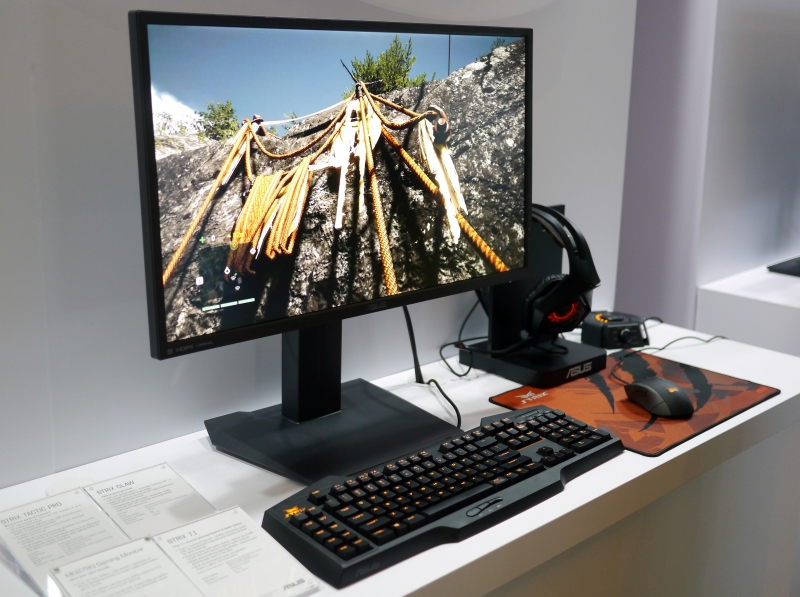
Gaming hardware was a big part of CES 2015 and companies like Asus served those looking for some joystick love well.
The Republic of Gamers sub-brand launched a gorgeous new 27-inch IPS gaming monitor with a (not yet ratified) 144Hz refresh rate and 2560×1440 resolution. If you like gaming in glorious detail, the MG279Q is probably the monitor for you.
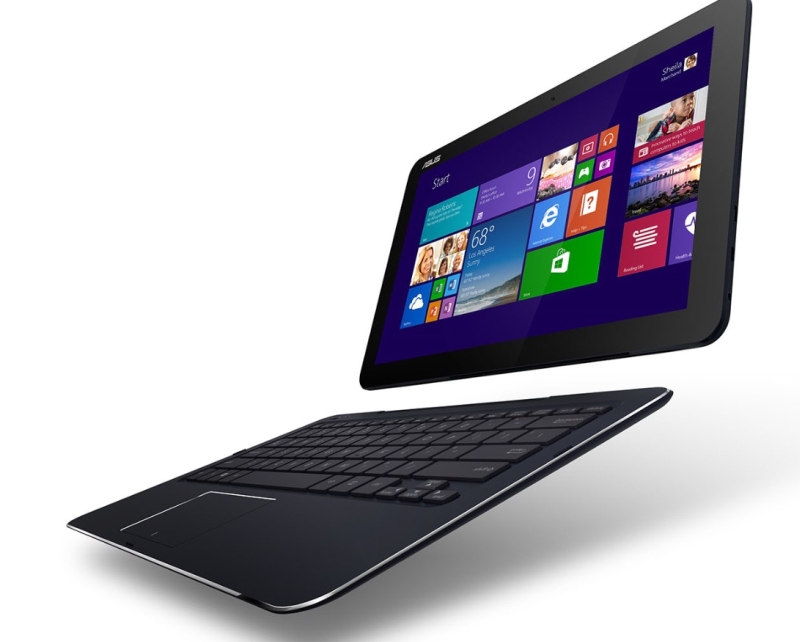
Above and beyond that, Asus also released some practical equipment, like the Transformer Book Chi Series powered by an Intel Core M CPU. The hybrid mates with the keyboard section though a nifty magnetic technology, while three sizes will be on offer.
The flagship T300 Chi comes with a 12.5-inch screen with a 7.6mm girth. The 10.1-inch T100 Chi is 7.2mm and the T90 Chi is an 8.9-inch, 750g version.
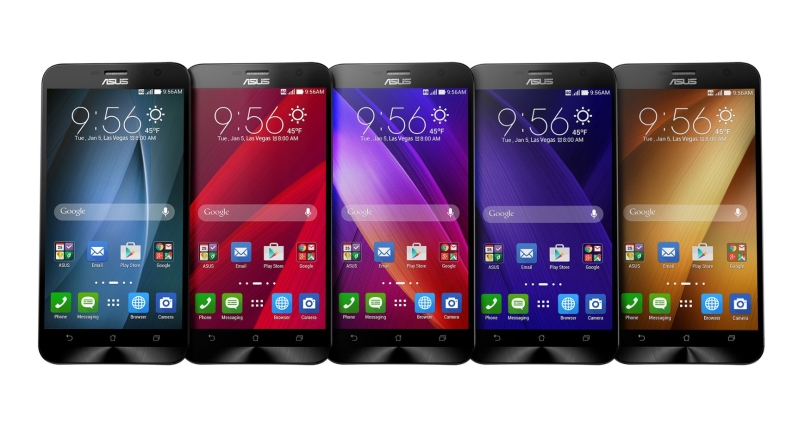
Along with launching hybrids, Asus is making a big push into the mobile realm with the ZenFone 2 and ZenFone Zoom. The former features a 13MP PixelMaster snapper and a 64-bit Intel Atom Z3580 CPU alongside 4GB RAM. It’s quite a monster, and a big move for Intel chipsets especially.
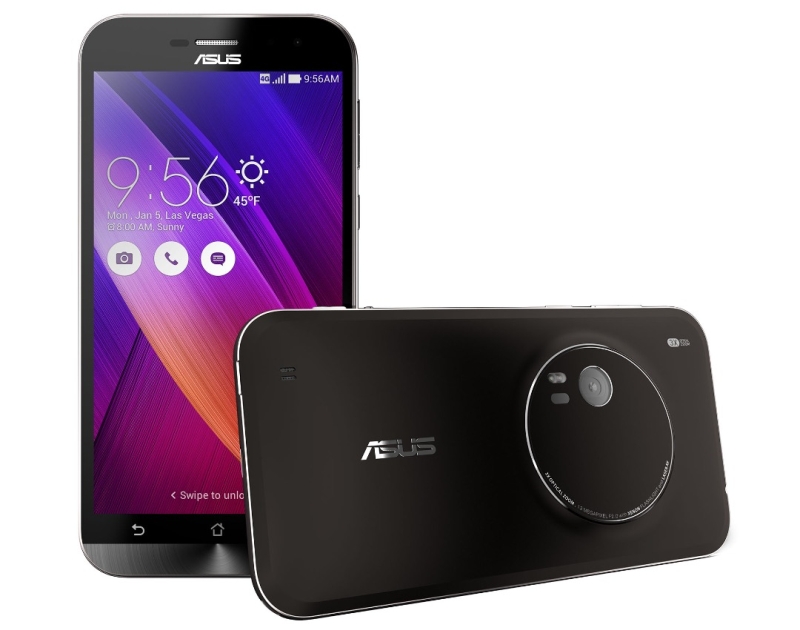
The ZenFone Zoom is “the world’s thinnest smartphone to feature a 13MP camera with a 3x optical zoom,” according to its creator. It also features a “10-element lens design with up to a 12x digital zoom” which is quite unheard of for a camera phone. Is Asus also getting into the selfie game? It definitely seems so.
BlackBerry
Here’s a company on the up-and-up, and that’s something I was almost sure I wouldn’t ever say again after 2007.
With financial pressures still fixed on the former smartphone overlord (at least in South Africa), BlackBerry has launched its own Internet of Things platform at CES 2015, that will promises to provide “a cloud-based solution that lets you build and manage IoT applications and devices in a secure, efficient, and scalable way,” notes the company’s dedicated portal.
It seems a strange move, but BlackBerry is rather vested in back-end cellular technology — just think of BBM and BIS for starters. Of course, the company does still produce phones as its Classic and Passport prove, but in today’s market, it seems a sink or diversify situation for Waterloo.
Canon
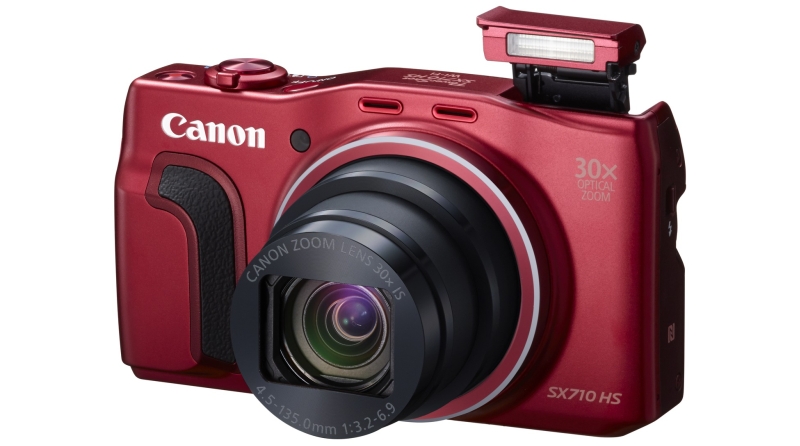
Canon updated its PowerShot range at CES 2015, with five new models on show covering the entire spectrum of photographers.
Boasting a 20.3MP sensor and 30x optical zoom, the PowerShot SX710 HS is the most impressive of the gaggle. And how’s that deep crimson for a beautiful paint job? And don’t worry about that lens. With it contracted, the camera can fit in a pocket.
Cooler Master
Cooler Master always brings some interesting technologies to CES 2015, but this year probably takes the cake. The company, partnering with CoolChip (an MIT-based company) has unveiled its kinetic CPU cooling concept that seems like the love child of a heatsink and CPU fan. It’s quite an ingenious concept using the best of both devices to channel heat away from the chip. The companies are claiming 50% better cooling and less noise than a regular fan.
It’s slightly more scary for fingers though, have a look at what I mean above.
Cooler Master also unveiled its nifty PSU concept that features a built in ARM CPU (that’s right, a CPU within a PSU) that allows the user to monitor and adjust realtime PSU information from a mobile device. This includes current wattage, voltages, efficiency, temperature and a built-in wireless fan speed controller. The company’s planning some large capacity units for enthusiast users in the 1200-1500W range.
Corsair
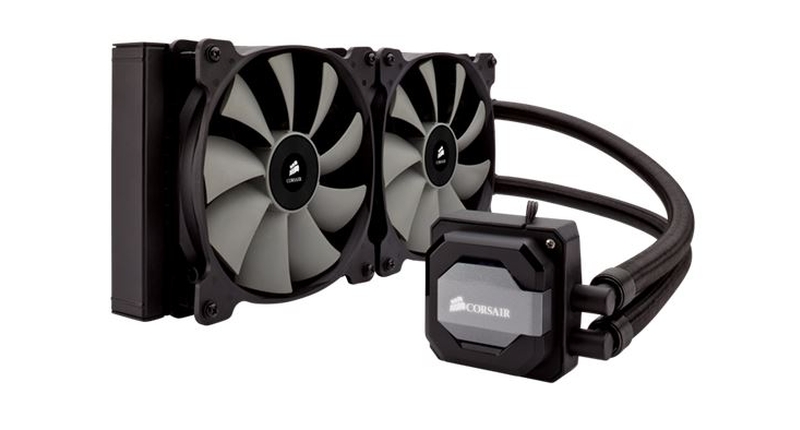
Following in Asus’ stead, Corsair also launched a spate of enthusiast aftermarket accessories and hardware for PC gamers at CES 2015. The company’s H110i GT CPU cooler and the HG10 N780 Edition GPU cooler are two liquid-cooling solutions boasted in the Las Vegas desert.
The H110i GT is a two 140mm fan closed loop boasting compatibility with all current CPU socket types. The system will be available from February for around US$130.
Also unveiled was the company’s new high-speed USB 3.0 flash drives with their names taken from a B-grade sci-fi movie — the Flash Voyager Slider X1 and Flash Voyager Slider X2. I chuckled a bit too.
What isn’t laughable are the drives’ performance figures. 256GB is claimed as the largest capacity with Corsair planning an even larger 512GB variant in the future.
Dell
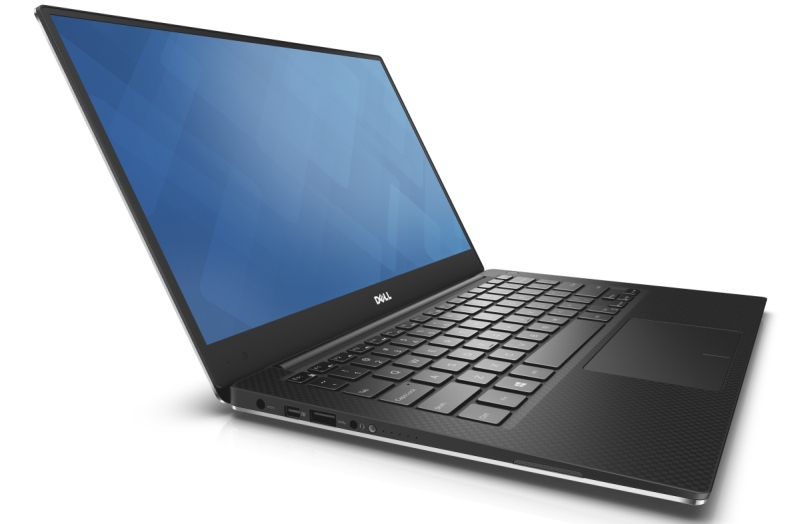
There’s something wonderful about Dell’s XPS range. Balancing performance with practicality, it’s probably my favourite line of mobile computers around at the moment and Dell now seems to be on a mission to eliminate bezels as we know them.
The XPS 13, for example, allegedly features the “longest battery life of a 13-inch notebook with up to 15 hours of run time on a single charge.”
It can be had with the UltraSharp Quad HD+ infinity display which means the bezels are cut down to just 5.2mm. Also included are Intel’s 5th generation Core CPUs.

Lastly, Dell unveiled a beautiful tablet too dubbed the Venue 8 7000.
Boasting an 8-inch screen, the Venue 8 7000 is the first tablet to feature Intel’s RealSense depth camera, “which captures a depth map for every picture taken,” claims Dell. The edge-to-edge screen philosophy continues on the Venue 8 7000, with a dense 2560×1600 OLED screen, and Intel Atom CPU and housing all this in just a 6mm body. It’s quite impressive.
Read about other Dell devices showcased at CES 2015 here.
DJI
DJI was doing what it does best at CES 2015, introducing a host of new products with wings attached to them or relating to other products with wings attached to them. One of the more interesting additions was the handheld camera mount designed for the Inspire 1 camera and gimbal, which allows users to now stabilise and capture images from the ground.
But that wasn’t all. Have a look at the video for a full roundup.
D-Link
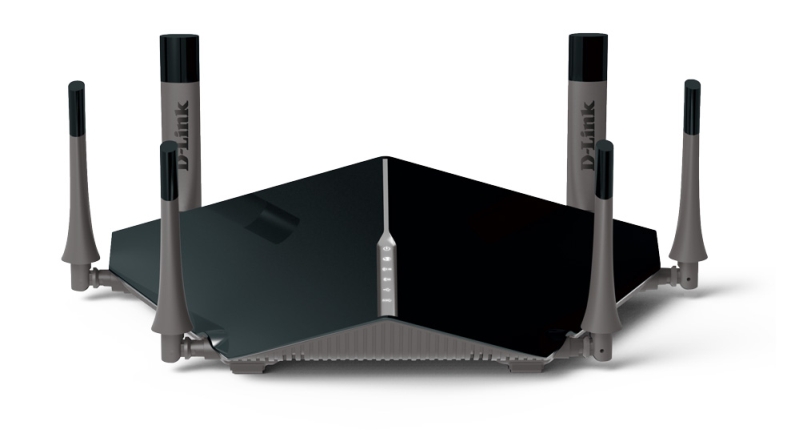
D-Link has released some serious wireless networking kit at CES 2015, including a router that looks a lot like something that crawled out of Cybertron.
The AC3200 Ultra promises speeds of 1.3Gbps which is miles faster than what we currently enjoy, but this is of course theoretical. The usual quota of USB 2.0, USB 3.0 ports and Ethernet ports are present, but it’s the wireless domain where this thing excels. It also boasts looks that would definitely fit the part in a gamer’s abode.
The best part? It can be available for beaming MIMO to every corner of the house right now for a hefty US$310.
Gigabyte
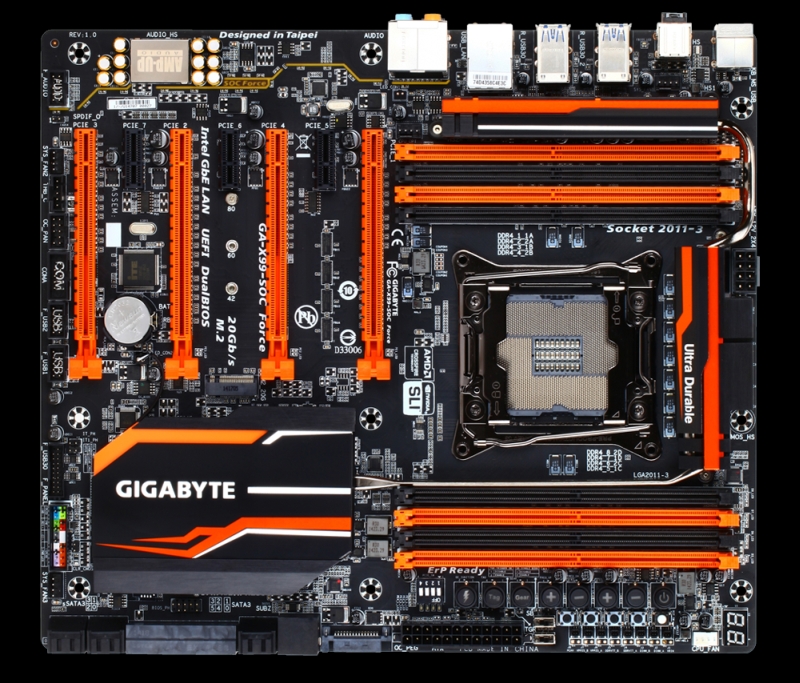
As we mentioned in our CES 2015 preview, Gigabyte was planning to launch its bonkers X99 SOC Champion motherboard at CES 2015.
It’s a rather beautiful motherboard, and for once a manufacturer isn’t coating it in red and black paint. Featuring an X99 chipset, the board supports DDR4 quad-channel memory, Intel 2011 socket processors for enthusiasts and too many USB 3.0 ports for the number of devices you own.
Did I mention the quad Crossfire/SLI potential?
HP
Hewlett-Packard had more than just laptops on display at CES 2015.
The company introduced a slew of mini-computers into the fold, including the HP Stream and the tiny Pavillion Mini taking its naming convention beyond the laptop series.
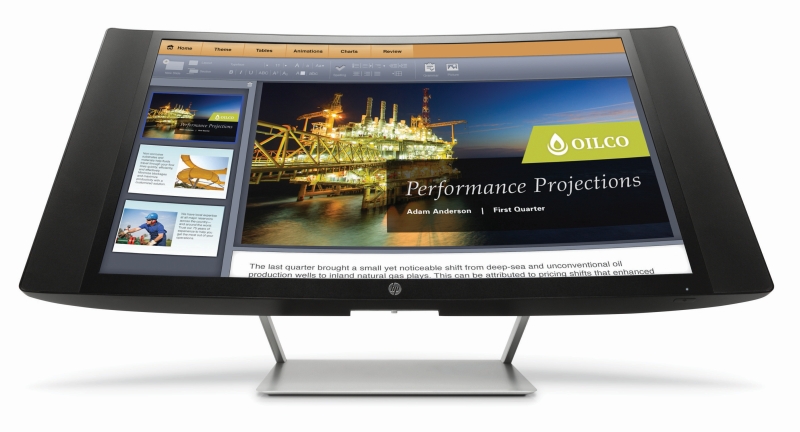
Additionally, HP also introduced a beautiful curved screen dubbed, unimaginatively, the Curve pictured above.
The HP Stream Mini, however, is a net-top that will set you back about US$180. It’s not a bad deal either. It’s adorable, first of all, and secondly it boasts a decent power reserve thanks to an Intel Celeron 1.4GHz CPU, 2GB RAM, 32GB storage and fast-enough 802.11n Wi-Fi.
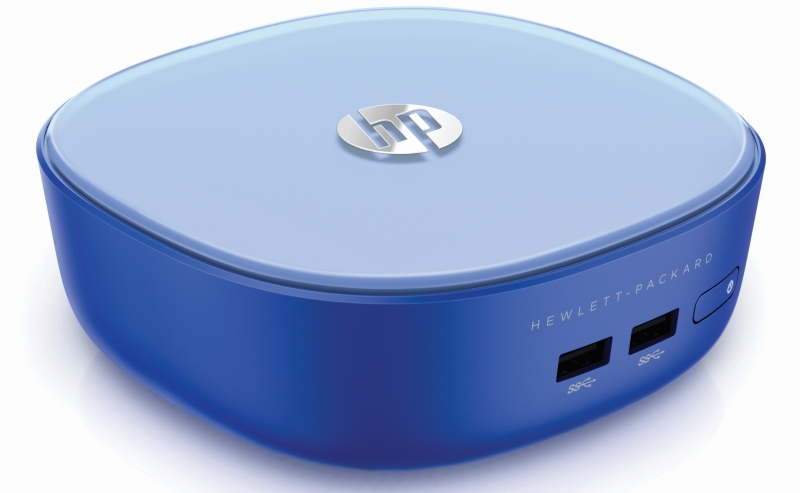
It’s great as a set-top box and we’re confident that it could mash out HD video adequately.
The Pavilion Mini is made in the same vein, but with a dash of class. It also starts at US$320 and boasts more powerful Intel Pentium or Core i3 CPUs. Add 4GB RAM and a 1TB HDD to the mix and you have a very capable but extremely small all-purpose mini PC.
Huawei
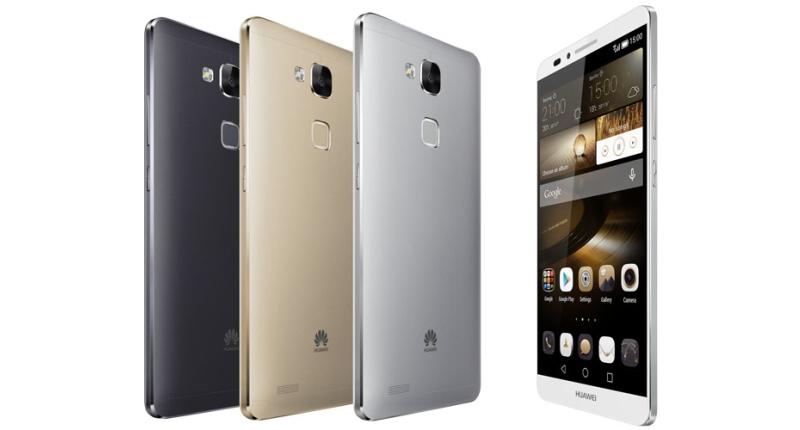
In addition to unveiling the phones we’ve already seen (at least in South Africa) back in September, Huawei‘s presence was felt with an arsenal of products ranging from the internet of things, wearables, the smart home to slightly more boring internet dongles.
The Ascend Mate7, the Ascend P7, the Ascend G7, the Honor 6 and Honor 6 Plus were all present and correct in their most glamourous attire. You can read about the Ascend range here and the Honor range here. Both ranges look to be rather great looking and performing phones.
As for the rest of the “more than one hundred products” on show by Shenzhen, the company unveiled its new Hilink technology. Here’s the brief below:
The platform of home-based networked smart products comprising media and storage and air quality monitor, smart sockets, infrared remote controlled light, and a smart electric fan, among many others, aims to bring easy connection to people everywhere anytime.
Look out Nest.
Two new MediaPad tablets, the Talkband B1 wearable and a number of other devices will all plug into the Hilink system.
Intel
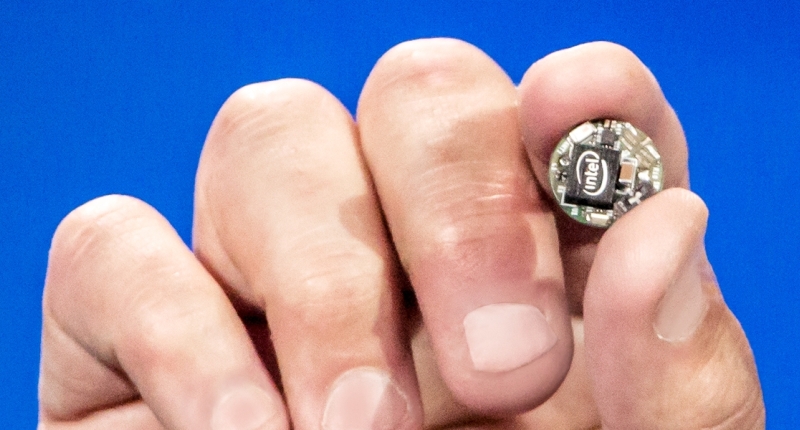
Remember that small company from Santa Clara called Intel? Everyone’s favourite silicon company was a big presence at CES 2015 especially in the internet of things realm and in other company’s machines.
The company announced its new button-sized internet of things all-in-one chip called Curie, featuring a 32-bit Quark microprocessor. Read more about it here.
Broadwell also made an appearance at the conference in a number of ultra-portable machines. Luckily, there are more Broadwell releases slated for the year ahead, and not long after that, Skylake will make an appearance. It’s quite an exciting time for portable devices.
Last but not least, Intel unveiled its Compute Stick — essentially a computer in a Chromecast-like dongle that can fun a fully fledged version of Windows or Linux. It features an Intel Atom CPU, 32GB storage and 2GB RAM, enough to make it an adequate office computer or competent media player. Read the full story here.
Lenovo
Another Chinese brand that shone brightly at the conference was Lenovo showcasing its new LaVie Z lightweight ultraportable range and the Vibe X2 Pro smartphone.
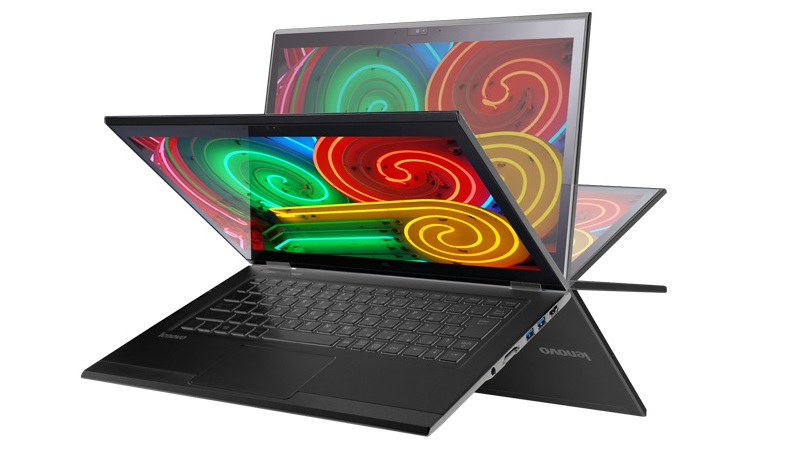
Firstly, the LaVie Z is one of the lightest machines on the planet right now, and it’s rather attractive. The HZ550 model was awarded the “Best PC at CES 2015” which is quite an achievement, but its valid considering it boasts Intel 5th-generation CPUs, a 13.3-inch magnesium-alloy body which is lighter than aluminium and a detachable keyboard in the case of the HZ750 that it.
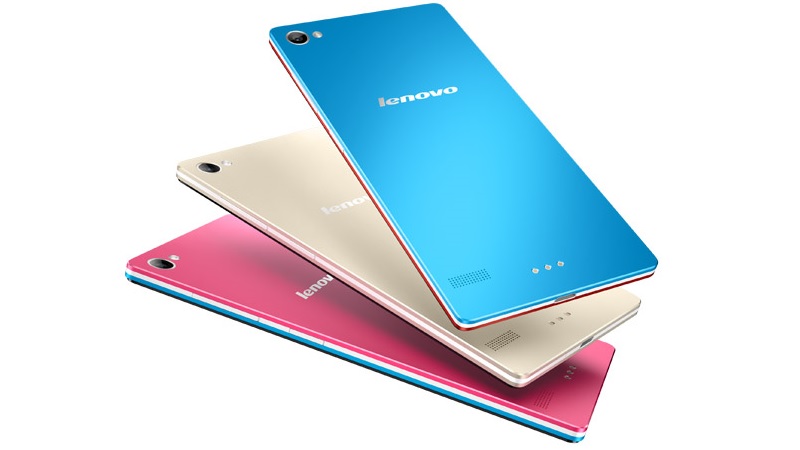
As for the Vibe X2 Pro, it’s an interesting prospect, especially the focus on selfies as well. Lenovo shoved 13MP snappers in the front and rear of the phone and features a 5.3-inch Full HD screen. The phone also has a Qualcomm Snapdragon CPU baked in, which could provide much needed grunt.
LG
LG made some big announcements at the event, with the most important being the curved LG G Flex 2 smartphone witha self-healing backplate and a Qualcomm Snapdragon 810 chipset, which is the first time this chipset will be used in a device.
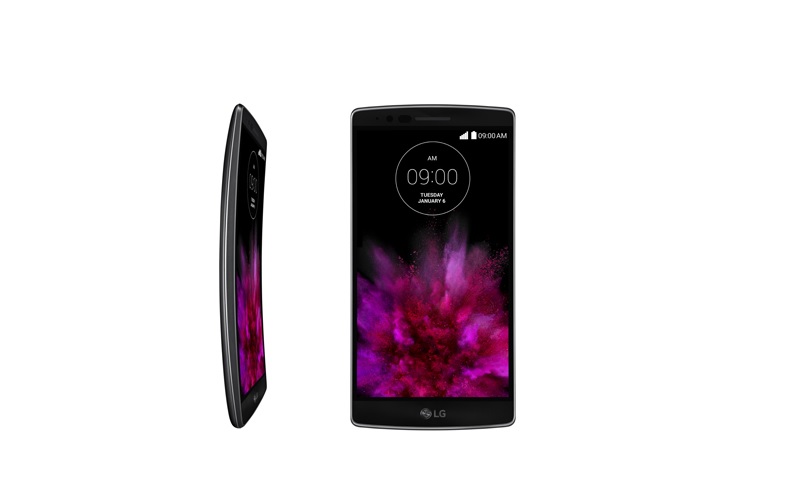
Read the full story here.
MSI
Stand back, because MSI had some massive announcements at CES 2015.
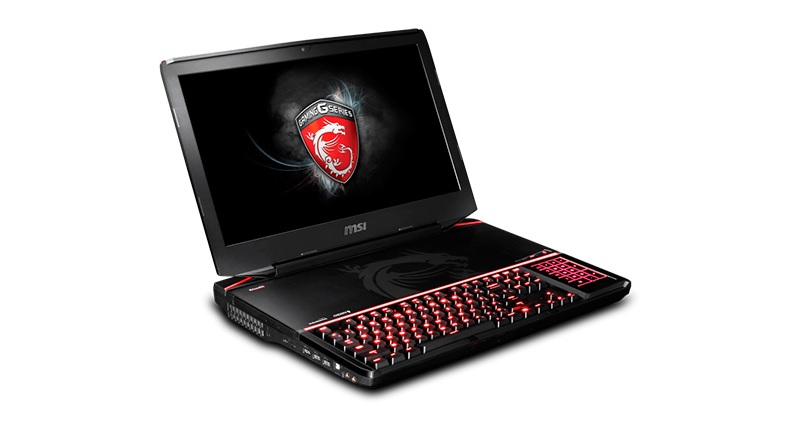
GT80 Titan SLI, for one, is “the world’s first gaming laptop with an integrated mechanical keyboard”. The GS30 Shadow with Gaming Dock is also an interesting addition which takes the graphics cards out of the laptop and into a high-performance external case. Other products launched included the GT72 Dominator Pro, the AG240 4K All-In-One gaming PC and the X99A GAMING 9 ACK motherboard.
For starters, the GT80 Titan SLI (pictured above) is a massively impressive (if not very ugly) machine. Boating dual NVIDIA GTX 980M GPUs in SLI and upgradeable components, 4x M.2 SATA SSDs in RAID 0, 32GB of memory, and “a super-efficient dual fan cooling system drawing heat from both graphics cards and processor with its 8-heatpipe design.”
Impressive for a portable machine.
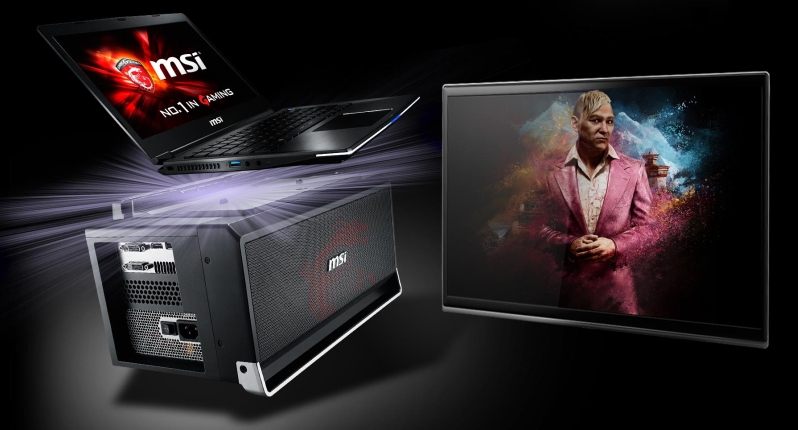
The GS30 Shadow‘s Gaming Dock is reminiscent of Alienware’s Graphics Amplifier but packs more power. MSI claims that the Gaming Dock is the “world’s 1st eGPU solution that supports desktop graphics with PCIe 3.0 x16 full bandwidth slot.”
Catch MSI’s other products at CES 2015 here.
Of course, there are a few companies we have left out (one does not simply cover CES 2015 in its entirety, but we’ll damn well try), so catch the second part of our CES 2015 roundup, including the likes of Nvidia, Sony, Samsung, Qualcomm and ZTE.
Feature image: CEA/CES

